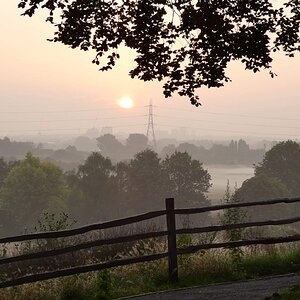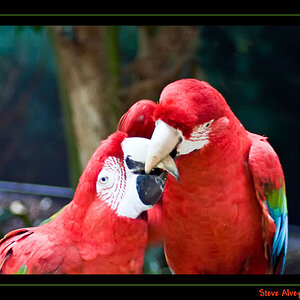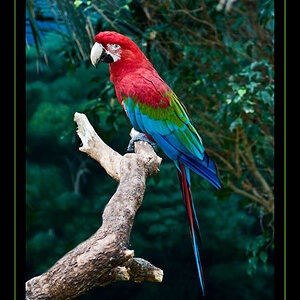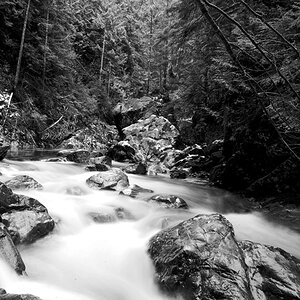i recently went on a night dinner cruise. and i had great oppurtunity to shoot some really good shots of Lady Liberty , along with pics of my fiance and my self but when we shot them they were all dark then i even tried to put it on night mode but my camera still took dark pictures. anyone got any hints
thanks
thanks


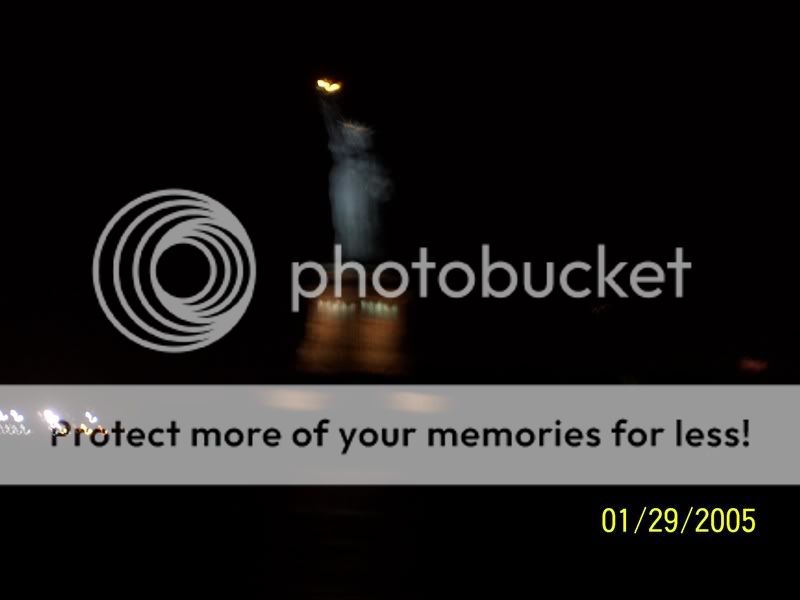
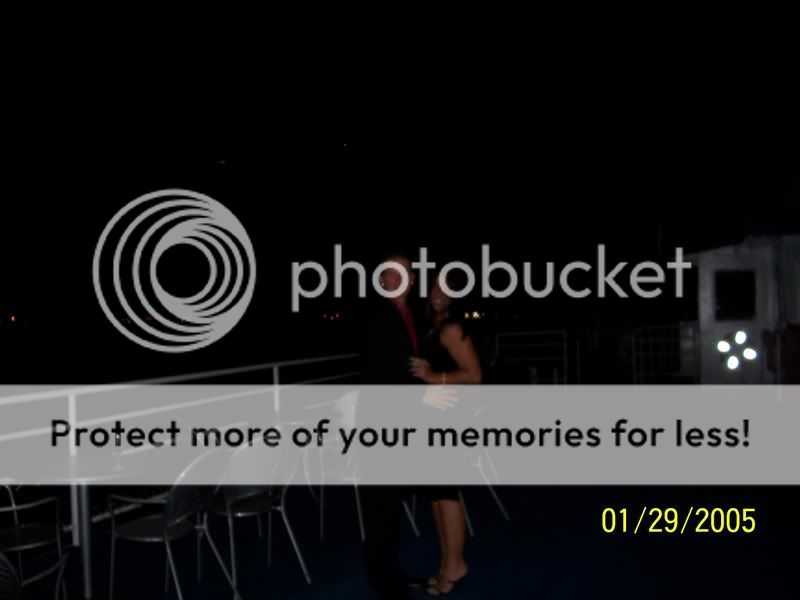
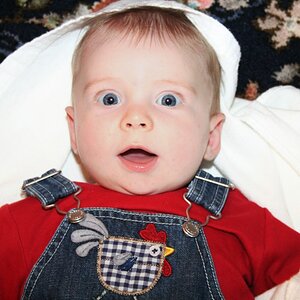
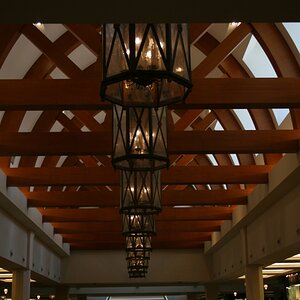
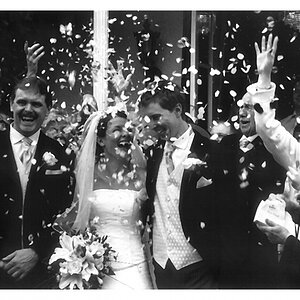
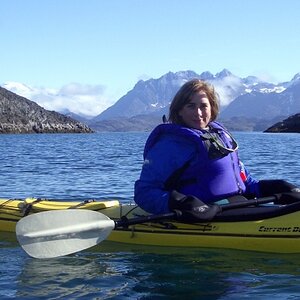
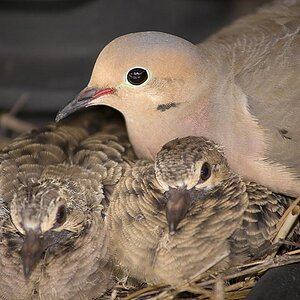
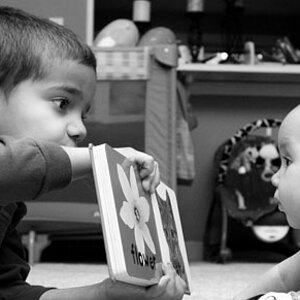
![[No title]](/data/xfmg/thumbnail/41/41901-789e8104ff95e5862c8f07611e3c34c0.jpg?1619739938)
![[No title]](/data/xfmg/thumbnail/41/41902-e45a2db116295062060b22cde75818ed.jpg?1619739939)
